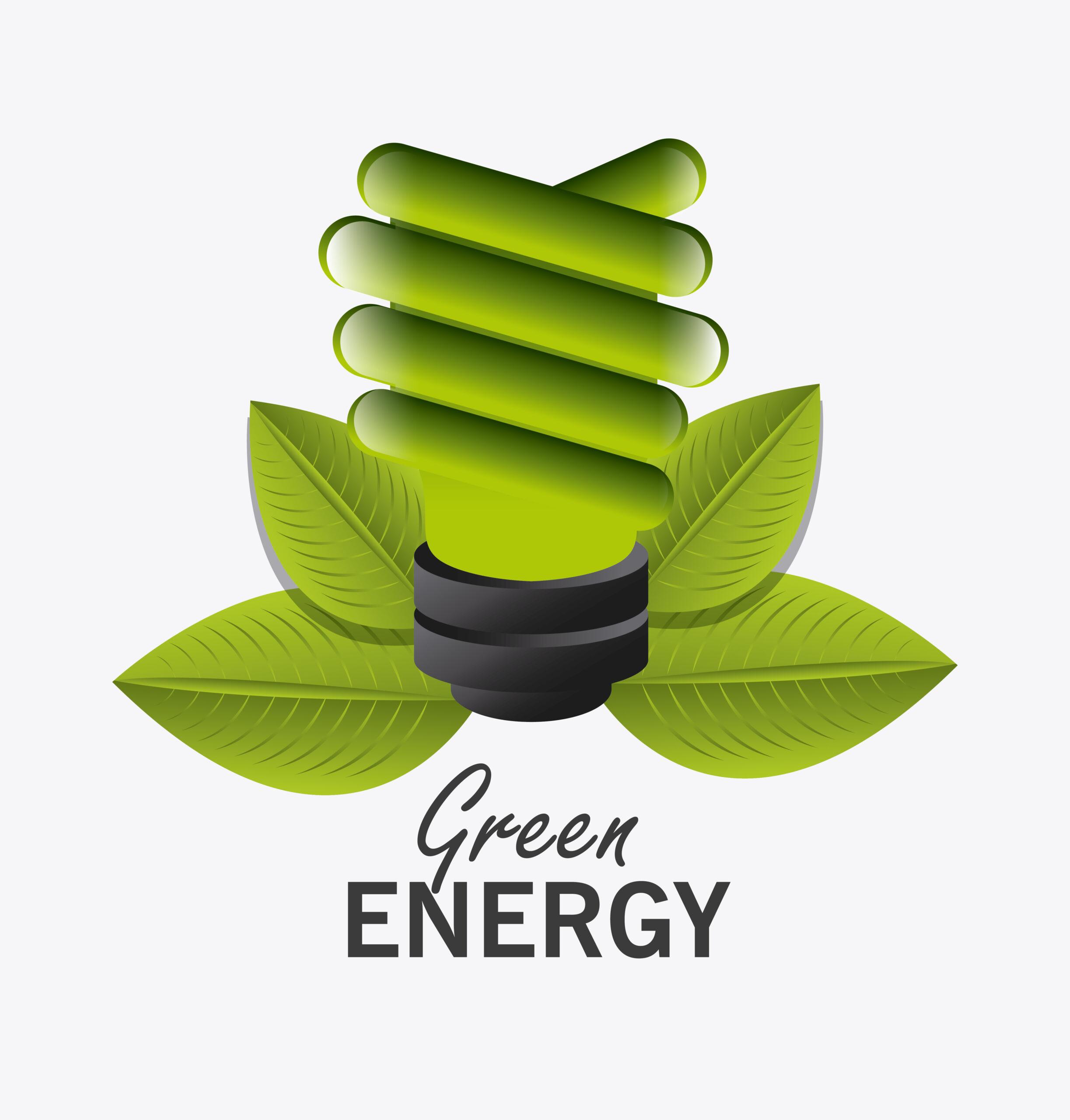Breakthrough in Clean Lithium-6 Production Could Accelerate Nuclear Fusion
A Mercury-Free Solution for Fusion’s Critical Fuel
Scientists have accidentally discovered a revolutionary method to isolate lithium-6—the rare isotope essential for nuclear fusion reactors—without using the toxic mercury-based process banned since the 1960s. This breakthrough could help solve one of fusion energy’s biggest supply chain challenges.
Why Lithium-6 Matters for Fusion Power
- Tritium production: Lithium-6 generates tritium (fusion fuel) when bombarded by neutrons
- Isotope scarcity: Makes up just 7.5% of natural lithium vs lithium-7’s 92.5%
- Supply crisis: Global stockpiles are dwindling with no clean production method
The Accidental Discovery
Researchers at ETH Zurich stumbled upon the solution while developing membranes for oil-spill cleanup:
- Used zeta vanadium oxide (a lab-made compound with oxygen-lined tunnels)
- Noticed the material preferentially captured lithium-6 ions
- Achieved separation without mercury or toxic chemicals
“The tunnels are just the right size to trap lithium-6,” explains lead researcher Sarbajit Banerjee. “It’s like a molecular sieve that selectively holds the isotope we need.”

How the New Process Works
- Molecular filtration: Lithium ions flow through oxide tunnels
- Selective capture: Lithium-6 binds more strongly to tunnel walls
- Extraction: Purified lithium-6 can be harvested
While the team has only produced grams so far, the method shows potential for industrial-scale production—critical as future fusion plants may need tons daily.
Challenges Ahead
✔ Scaling up from lab to industrial quantities
✔ Optimizing efficiency of isotope separation
✔ Integrating with fusion reactor designs
“These are solvable problems compared to plasma containment challenges,” notes Banerjee.
Global Implications
- Renews Western access to lithium-6 production
- Eliminates mercury pollution risks
- Could accelerate viable fusion power timelines
The discovery comes as ITER and private fusion companies race to demonstrate net energy gain, making this timely progress on a crucial fuel supply issue.
Next Steps: The team is working to improve yield and collaborate with fusion researchers to test the material in breeding blanket designs.
Source: ETH Zurich Materials Research
Image: Molecular structure of zeta vanadium oxide (rendering)
Want to know more about fusion energy breakthroughs? Subscribe for updates.

